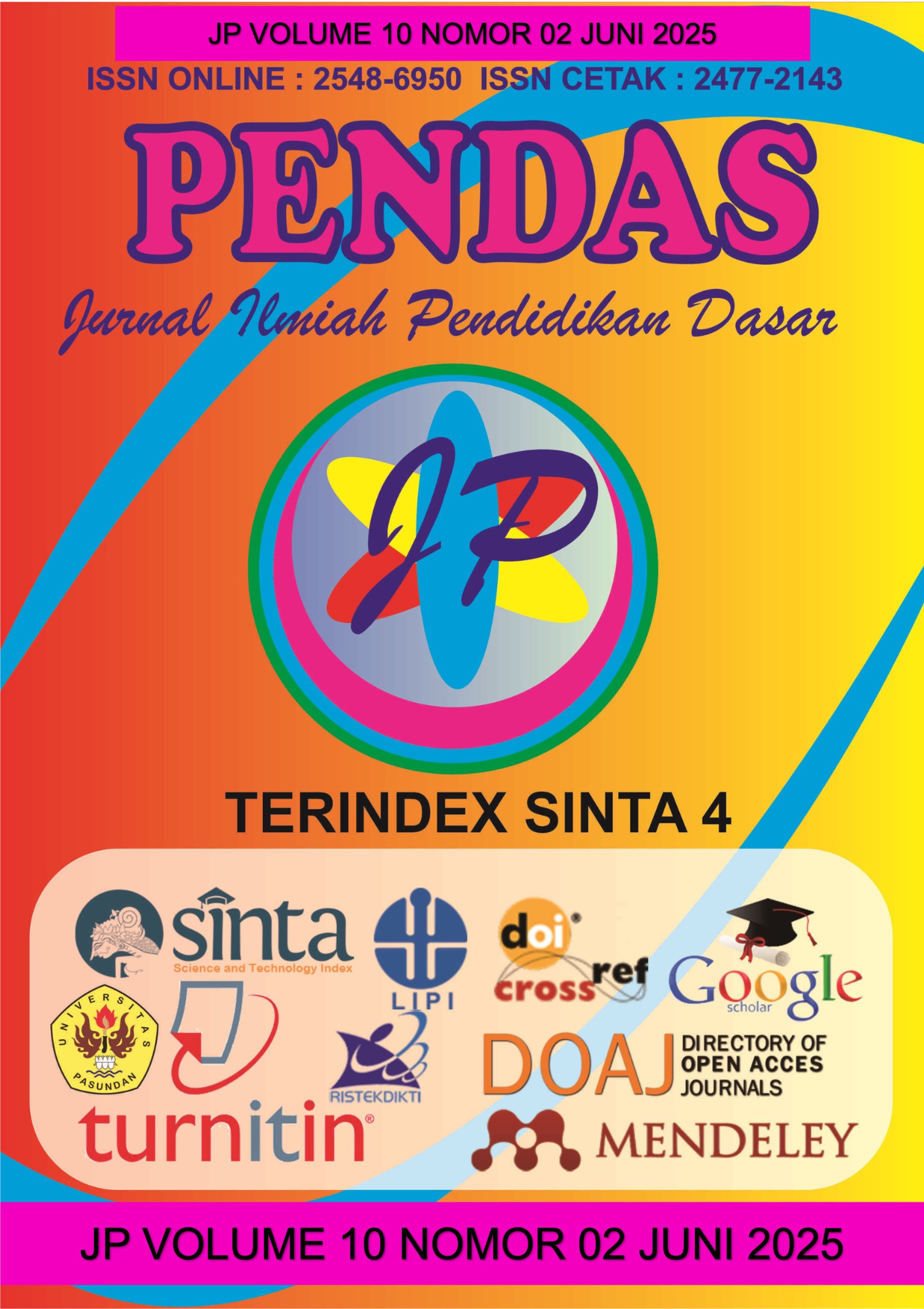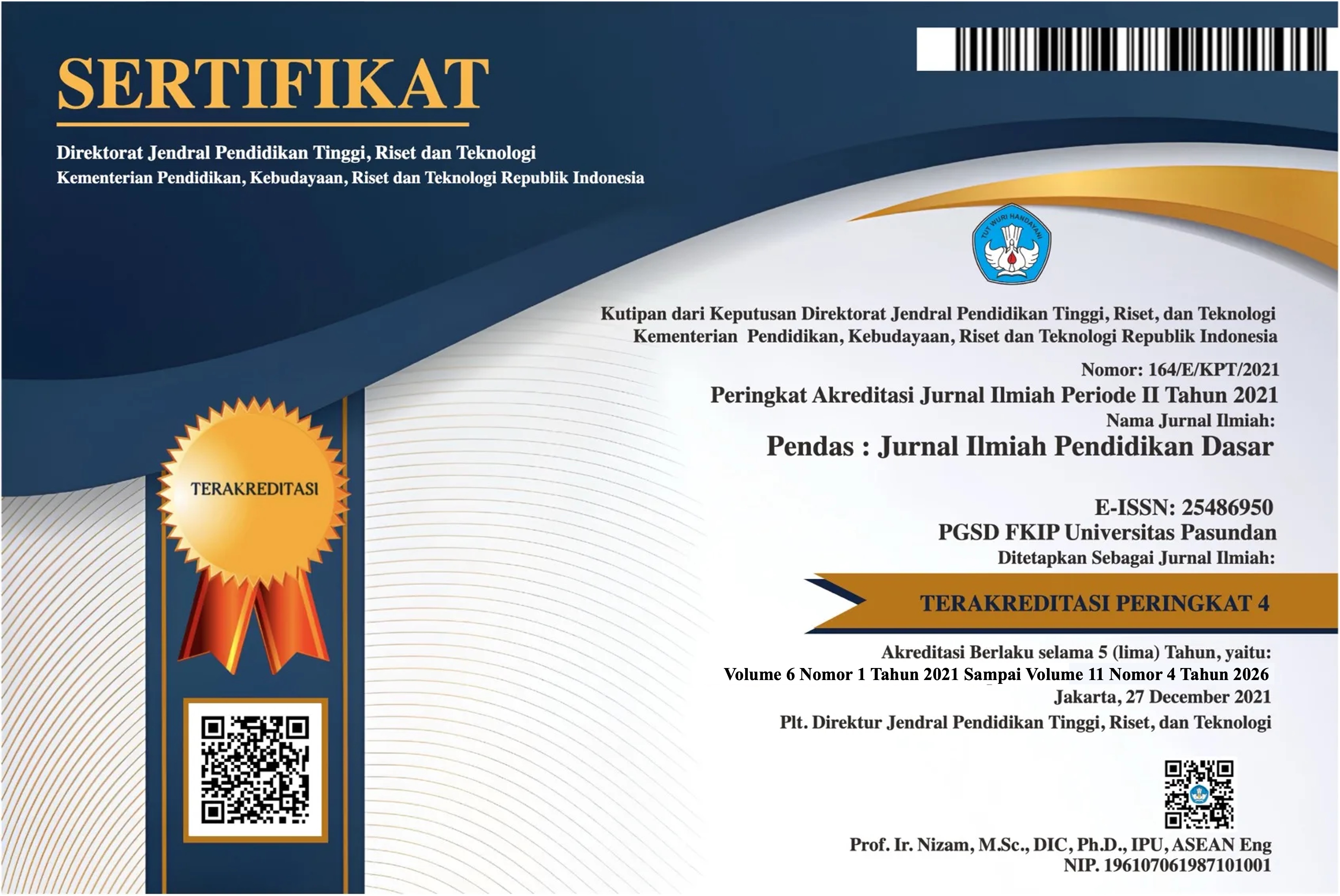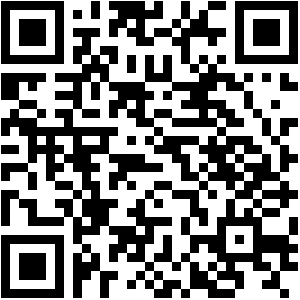Perbandingan Tiga Metode Kreatif dalam Meningkatkan Minat Belajar Ritme Siswa Sekolah Dasar
DOI:
https://doi.org/10.23969/jp.v10i02.26430Abstract
This study aims to analyze the effect of the eurhythmics, orff, and rhythm syllable teaching methods on student interest in rhythm learning in elementary schools. Using a quasi-experimental design with a Post-Test Only Non-Equivalent Multiple Groups model, the study involved 38 first-grade students at SDN 133 Jalan Anyar, Bandung. Data were collected through a Likert scale questionnaire that underwent validity and reliability testing. Statistical analysis was performed using the KruskalWallis test and post hoc tests to identify significant differences between groups. The results showed that the rhythm syllable method yielded the highest average interest score (69.46), followed by the orff method (67.46), and the eurhythmics method (63.00). The Kruskal-Wallis H test indicated significant differences between the classes (p = 0.000), with the rhythm syllable and orff methods showing greater effectiveness in enhancing student interest compared to the eurhythmics method. These findings suggest that methods based on active, experiential learning, such as rhythm syllable and orff, are more effective in increasing student interest in rhythm learning. Therefore, it is recommended to integrate these methods into music education to create a more engaging and participatory learning environment.
Downloads
References
Chen, D., Kamarudin, K. A. D., & Nie, C. L. K. (2024). Exploring The Application and Effectiveness of Orff Teaching Method in Educational Practice: A Comprehensive Review. International Journal of Education, Psychology and Counseling, 9(53), 74–82. https://doi.org/10.35631/ijepc.953008
Clarita, R. Q., Yunita, A. T., & Ramafisela, L. (2023). Efektivitas Penggunaan Metode Rhythm Syllables dalam Pembelajaran Seni Musik untuk Siswa Kelas 4 di SD Muhammadiyah Sapen Yogyakarta. IDEA: Jurnal Ilmiah Seni Pertunjukan, 17(2), 545–553. https://journal.isi.ac.id/index.php/IDEA/article/view/10029
Dalcroze, E. J. (1921). Rhythm, Music, and Education (H. F. Rubinstein, Trans.). Chatto & Windus.
Heldisari, H. P. (2020). Efektivitas Metode Eurhythmic Dalcroze Terhadap Kemampuan Membaca Ritmis Notasi Musik. Jurnal Ilmiah Pendidikan dan Pembelajaran, 4(3), 468 – 478.
Juntunen, M. (2016). The Practical Applications of Dalcroze Eurhythmics. Music Educators Journal, 6(1), 75–92.
Katilik, A. N., & Djie, J. A. (2022). Penerapan Pendekatan Orff-Schulwerk untuk Meningkatkan Hasil Belajar Siswa dengan Autism Spectrum Disorder (ASD) dalam Pembelajaran Instrumen Ritmis Sederhana. Jurnal Seni Musik, 12(1), 91–109.
Kemdikbud. (2022). Capaian Pembelajaran Kurikulum Merdeka. Keputusan Kemdikbudristek RI Nomor 262/M/2022 Tentang Perubahan Atas Keputusan Kemdikbudristek No. 56/M/2022 Tentang Pedoman Penerapan Kurikulum Dalam Rangka Pemulihan Pembelajaran. https://kurikulum.kemdikbud.go.id/kurikulum-merdeka/capaianpembelajaran.
Liparoti, M., & Minino, R. (2021). Rhythm and Movement in Developmental Age. Journal of Human Sport and Exercise, 16(3proc), 930-937. https://doi.org/10.14198/jhse.2021.16.Proc3.10
Maldonado, E. (2024). Musical Education in Kindergarten. Importance on the Quality of Life in Children. Deleted Journal, 3. https://doi.org/10.56294/hl2024.463
Mammadova, R. (2024). Moral Education and the Promotion of Human Values in the Teaching Process of Music. Deleted Journal, 21(4), 81–92. https://doi.org/10.62706/bqiz.2024.v21i4.05
Mombek, A. (2024). The Social Significance of Music Education in The Context of Artistic Development. 79(2). https://doi.org/10.51889/3005-6381.2024.79.2.003
Mucsi, G. (2018). A Ritmikai Készségek Fejlődése 12 Éves Korig. GYERMEKNEVELÉS (Online Tudományos Folyóirat), 6(2), 108–118. https://doi.org/10.31074/GYN20182108118
Nurzaman, I., Alia, D., & Setiadi, P. M. (2022). Pengembangan Model Interactive Storytelling Berbasis Kolaboratif Pada Keterampilan Berbicara Siswa Sekolah Dasar. Prosiding Seminar Nasional …, 410–416. https://prosiding.unma.ac.id/index.php/semnasfkip/article/view/825
Pratama, G. R., Aminah, S., Utami, A., Devanatasha, S., & Amalia, K. (2024). Pengaruh Lingkungan Belajar Terhadap Motivasi dan Kreativitas Siswa di SMP Negeri 20 Surabaya. Jurnal Ilmu Pendidikan Dan Sosial, 3(4), 290–297. https://doi.org/10.58540/jipsi.v3i4.687
Rahman, N, H. (2015). Peningkatan Kemampuan Membaca Ritme dalam Pembelajaran Musik Melalui Penerapan Metode Takadimi-Orff Pada Siswa Kelas IV SD Negeri Kintelan 1 Yogyakarta. (Skripsi Sarjana, Universitas Negeri Yogyakarta). https://eprints.uny.ac.id/25481/
Ratnasari, N., Nilawati, T., Syazali, M., Mujib, Andriani, S. (2018). Project Based Learning (PjBL) Model on the Mathematical Representation Ability. Tadris: Jurnal Keguruan dan Ilmu Tarbiyah, 3(1), 47-53.
Šauklė, I. (2024). Application of Eurhythmics Exercises in Developing Students' Sense of Rhythm in Music Lessons: An Action Research in 7th Grade. Jaunųjų Mokslininkų Darbai. https://doi.org/10.15388/jmd.2022.2.2
Smuta, A., & Buzás, Z. (2017). Aspects of Kodály’s Music Pedagogy. Civic Review, 13(1), 357–370. https://doi.org/10.24307/psz.2017.0321
Thaib, S. A. A., & Karlan, L. O. (2024). Penerapan Metode Rhythm Sylables Pada Pembelajaran Pola Ritme di SMAN 1 Telaga Biru. Jurnal Bahasa, Sastra, Dan Budaya, 14(1), 2024. http://ejurnal.ung.ac.id/index.php/JBSP/index
Tukan, M. K. A. C. S. D., & Dosinaeng, W. B. N. (2024). Kemampuan Mendengar Ritme dalam Solfegio. Jurnal Sendratasik, 12(4), 555–564. https://doi.org/10.24036/js.v12i4.105623
Turyamureeba, S. (2024). Integrating Music Education into the Curriculum for Cognitive Development. https://doi.org/10.59298/rijre/2024/435054
Wang, S., & Zuraimy, M. N. (2024). The Influence and Impact of the Orff-Music Method on Teaching and Learning in Music Education Course in Higher Education in China. International Journal of Academic Research in Business & Social Sciences, 14(6). https://doi.org/10.6007/ijarbss/v14-i6/21971
Downloads
Published
Issue
Section
License
Copyright (c) 2025 Pendas : Jurnal Ilmiah Pendidikan Dasar

This work is licensed under a Creative Commons Attribution 4.0 International License.



















